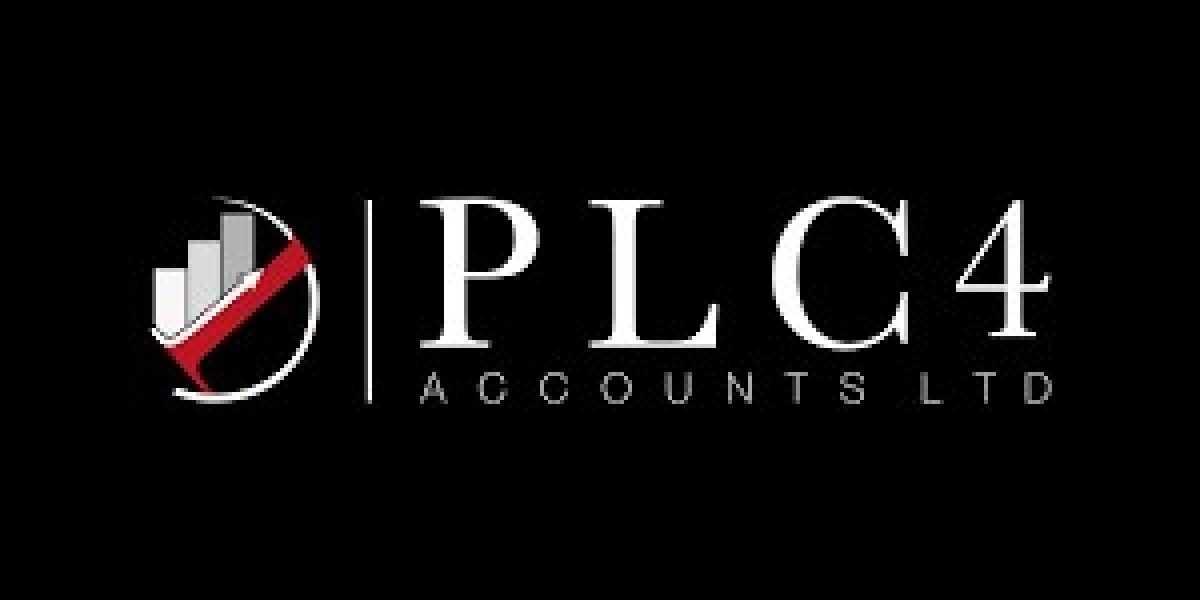Managing VAT (Value Added Tax) is a key responsibility for many UK businesses. Whether you’re a sole trader, limited company, or partnership, understanding and filing your VAT returns correctly is essential for staying compliant with HMRC and maintaining healthy financial practices. While it may seem like a daunting task, getting your VAT returns right doesn’t have to be complicated—especially with the right knowledge and support.
What Are VAT Returns?
A VAT return is a form submitted to HM Revenue and Customs (HMRC) that details the amount of VAT a business has charged and paid during a specific period—usually quarterly. The return calculates how much VAT is owed to HMRC or how much is reclaimable.
A typical VAT return includes:
Total sales and purchases
The amount of VAT charged on sales (output tax)
The amount of VAT paid on purchases (input tax)
The difference between input and output VAT, which determines whether you owe HMRC or are due a refund
All VAT-registered businesses must file returns even if there is no VAT to pay or reclaim.
When and How to File VAT Returns
VAT returns are usually filed every three months (quarterly), though some businesses may file monthly or annually depending on their situation. The deadline for submitting the return and paying any VAT due is usually one calendar month and seven days after the end of the VAT period.
Since the introduction of Making Tax Digital (MTD), most businesses must keep digital records and submit VAT returns using MTD-compatible software such as:
QuickBooks
Xero
Sage
FreeAgent
Failing to submit on time or making errors in your return can result in penalties, so accuracy and punctuality are critical.
Common Challenges with VAT Returns
Complex VAT Rules
VAT rates differ depending on the goods or services you offer—standard rate (20%), reduced rate (5%), or zero-rated (0%). Some items may even be exempt. Misunderstanding these rules can lead to incorrect returns.Claiming Input VAT
Businesses can reclaim VAT on purchases used for business purposes. However, not all purchases qualify. Understanding what you can and can’t reclaim is essential to avoid penalties or missed refunds.Cash vs. Accrual Accounting
Choosing the right VAT accounting scheme—standard accrual accounting or cash accounting—can affect when VAT is reported and paid. It’s important to pick the method that suits your cash flow and business model.International Transactions
Buying or selling goods and services internationally adds another layer of complexity. Special rules apply for imports, exports, and trading within the EU.
Why Professional Help Matters
Many businesses choose to work with accountants or VAT specialists to manage their VAT obligations. Professional support ensures:
Accurate and timely submissions
Compliance with HMRC regulations
Assistance during audits or investigations
Guidance on VAT registration, deregistration, and schemes
Final Thoughts
Submitting your VAT returns correctly is a vital part of running a compliant and financially sound business in the UK. While the process can be complex, using the right software—or better yet, working with a qualified accountant—can make VAT compliance far simpler and more efficient.
Whether you're a new business navigating VAT for the first time or an established company looking to improve your processes, staying on top of your VAT returns is essential for avoiding penalties and protecting your bottom line.






